Project Category: Electrical
About our project
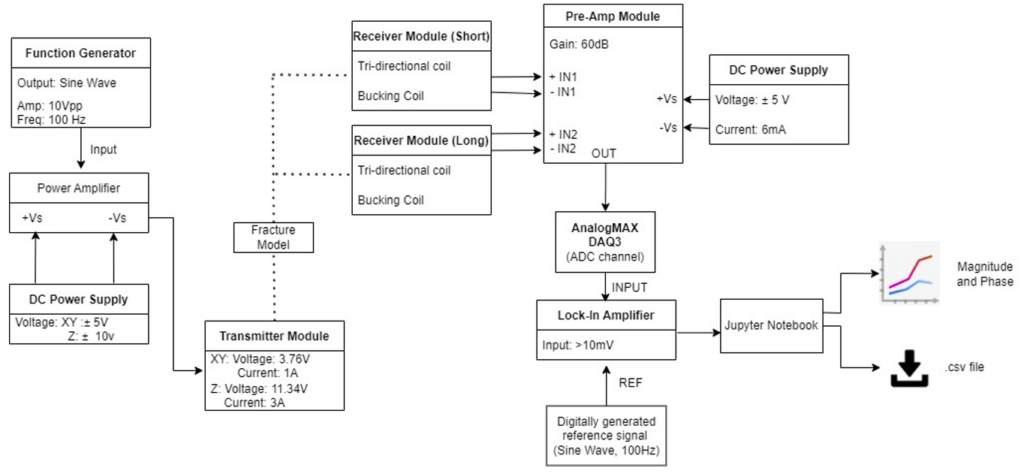
Our team has designed a prototype that uses an experimental technique to sense fractures during hydraulic fracturing using electromagnetic induction. This Low-Frequency Electromagnetic Induction tool that can detect fractures with a potential to characterize fracture geometry. The hydraulic formation, which includes the rock matrix, the wellbore, different geometries of hydraulic fractures and the induction tool, using an electromagnetic simulator called FEKO.
We begin with Function Generator outputting a sine wave with a frequency of 100Hz. The signal then travels to Power Amplifier to be amplified and sent to the Transmitter. The signal then penetrates the fracture which generates its own magnetic signature that can be detected by short-distance and long-distance receivers, used one at a time. The receiver modules have tri-axial bucking coils to remove coupling effect. They both then send the signal to Pre-Amplifier to further amplify the signal. We will use a data acquisition board, Analog Max DAQ3 to read and process the amplified signal. The sampled signal will serve as input to our Lock-In Amplifier to extract the signal embedded in a high magnitude of noise. Using a Jupyter notebook program, we can plot the magnitude and phase of the signal as well as download this data.
The cost: $463.11
We would love to meet you at booth #1 on your way to ICT
Meet our team members
Group members from left to right
- Mackenzie Chak
- Pia Angelica Manzon
- Prabhkeerat Dhatt
- Deborah Adebayo
- Suchismita Roy
- Emilia Rogers

Pia Angelica Manzon
Pia is a final year Electrical Engineering student with a minor in Computer Engineering at the University of Calgary. Pia has previously interned at Petrochina International as an IT analyst in charge of automating the process of data tracking, extraction, storage, analysis and visualization. She also worked at Tartan Energy Group as a Junior Hardware Designer/Tester, helping with circuit design, simulation, prototyping and testing. Her strengths and interests are in embedded applications, software development, hardware designing and testing. After graduating, she hopes to gain field experience related to tech innovations and embedded applications.
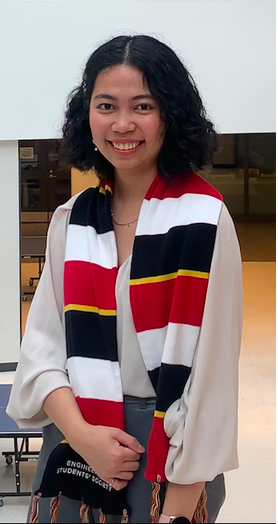
Prabhkeerat “Prabhu” Dhatt
Prabhu is a final year electrical engineering major at the Schulich School of Engineering. Prabhu spent 12 months interning at QuirkLogic Inc., a Calgary-based startup focused on the development of e-ink writing devices. Combined with his previous involvement as a member of the University of Calgary’s iGEM undergraduate research team, Prabhu’s experiences at QuirkLogic have instilled within him the importance of iteration and failure-driven prototyping in the engineering design cycle. Prabhu’s primary interests lie in the analysis, design, and testing of analog circuitry and he hopes to continue his studies in the subject at the graduate level.
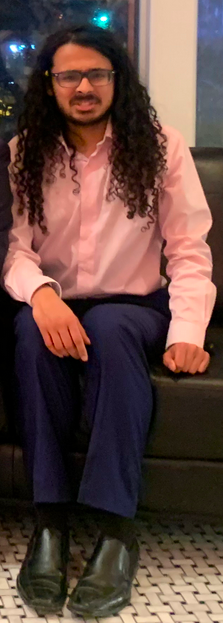
Suchismita Roy
Suchismita is a final year electrical engineering student at the University of Calgary. Previously, she completed her internship at Canadian Natural Resources as a student electrical engineer. During her internship, she gained valuable experience with studying and creating a variety of electrical drawings such as single line diagrams, schematic diagrams, and wiring connection diagrams. One area of interest for her is in control systems as well as the instrumentation control aspect of it. In large electrical systems to ensure proper functionality and to prevent hazardous situations, instruments are installed that constantly monitor the different characteristics of the entire system. The signals transmitted from these instruments are used to determine how the system can be controlled. This is one particular area of interest for her. Suchismita aims to physically apply the knowledge she gained from her internship, her interests, and engineering courses to help the capstone project successfully proceed to completion.
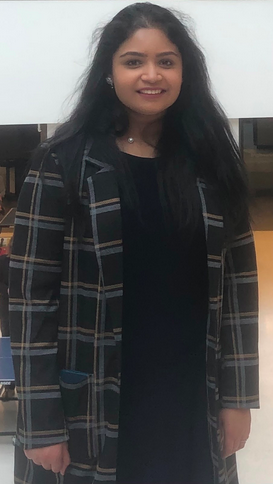
Mackenzie Chak
Mackenzie is pursuing a degree in Electrical Engineering at the Schulich School of Engineering and he is in his final year. Before his engineering journey, he spent 4 years in the construction industry as an Electrician where he had the opportunity to work on various high-profile projects such as the Airport Trail Underpass (ATU) and the National Music Center (NMC). During his degree, Mackenzie has developed a comprehensive understanding of electrical theory and product development through his involvement with several engineering design courses. In addition, Mackenzie has successfully completed his 16-month internship program at WSP and CNRL where he’s gained invaluable skills and experiences. His aim is to utilize his practical and theoretical knowledge of electronics design to support the Capstone team through various technical design and project engineering initiatives.

Deborah Adebayo
Deborah is a self-motivated student currently completing her degree in Electrical Engineering with a Biomedical Specialization at the University of Calgary. Inspired by project-based learning and a craving for knowledge, she has pursued opportunities to develop a well-rounded skill set. Debby completed a 15-months Co-op position as a Distributed Energy Resources Intern at HydroOne Networks Incorporation. She gained valuable project management experience in the Energy distribution sector, working closely with experienced Engineers. Debby is currently exploring a Biomedical Engineering research problem. It requires working closely under a professor to complete a thesis. After graduating next year, she will continue seeking opportunities to complement her electrical engineering degree.
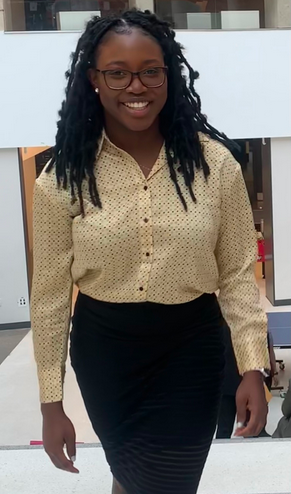
Emilia Rogers
Currently pursuing a Bachelor’s degree in Electrical Engineering. Emilia has successfully completed a 14-month internship at Computer Modelling Group and now works at Computer Modelling Group as well. Emilia took part in the Integrated Learning Stream pilot program as a second year student. The program provided a more individual learning setting which results in a better understanding of the material as well as ties theoretical knowledge to “hands-on” experience.
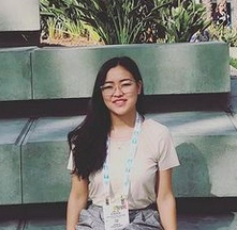
Details about our design
HOW OUR DESIGN ADDRESSES PRACTICAL ISSUES
In the present day, there are three main practical issues that most engineering solutions are aiming to address: environmental effect, completeness of information, and cost effectiveness. Engineers and designers around the world are trying to implement solutions that address these three main practical issues. There are two main common methods that are currently used by engineers in order to detect cracks that are created by hydraulic fracturing: radioactive tracers and microseismic monitoring. However, both of these methods present some practical issues, which our proposed solution aims to address and avoid.
Effect on the Environment:
The main mechanism through which radioactive tracers work is by coating the proppant particles with these tracers, which then emit gamma rays that can be detected using a radioactive sensor. As a result of the signals received by this sensor, the various characteristics of the cracks can be determined. However, using these radioactive materials can be extremely harmful for the environment. This is one of the practical issues with using radioactive tracers, and this was one of the main motivations behind undertaking this project. Therefore, despite its effectiveness, the method of radioactive tracers is not a preferred method of application. Our proposed method of using a LFEI tool does not require the use of any radioactive material that would be harmful towards the environment in any way.
Completeness of information and cost effectiveness:
The technique of microseismic monitoring presents the idea of installing geophones at different ground locations, which are a type of acoustic sensor that work by detecting vibrations in the ground that are caused by seismic waves. Engineers and geophysicists can gather the information from several adjacent sensors and then compare the data. The difference in the data will allow them to effectively determine the geometric structure of these cracks. However, some of the basic challenges with microseismic monitoring is the incompleteness of information (such as the propped length of these fractures), distribution of the proppants within these fractures, and its cost effectiveness. There are two main practical issues with microseismic monitoring: completeness of information and cost effectiveness. Our proposed solution aims to provide information both on propped fracture lengths and the distribution of these proppants, through a set of data that will be used for generating a graph. Additionally, the use of geophones in microseismic monitoring is very expensive, since multiple geophones need to be installed in multiple locations. On the other hand, our project requires only the use of one triaxial transmitter and two triaxial receivers, which are relatively less expensive than the installation of multiple geophones at different locations.
WHAT MAKES OUR DESIGN INNOVATIVE
1. Ability to infer concentrations of proppants and their conductivity within the fracture distributions.
Through our research, current industry technologies used to characterize fracture distributions such as microseismic mapping offer no data on the concentration of proppants within a given fracture. This information is important as it provides a means of assessing the hydraulic conductivity (i.e., the ability which oil and gas can flow through a given pathway) and therefore the productivity of a given fracture. Without this data, well operators cannot adjust and optimize proppant injection. Our LFEI prototype characterizes proppant concentration by replacing a portion of the proppant mixture with a conductive substance called calcined petroleum coke. Since our tool maps out fractures by inducing a time-varying current through the cracks, the magnitude of the signals picked up by the tri-axial receivers can determine the proppant density. This information allows well operators to accurately estimate hydraulic conductivity and by extension, the productivity of any given fracture.
2. Can characterize the following fracture distribution parameters: aspect ratio, dip angles, and radii.
Extracting as much information out of fracture distributions is paramount for optimization studies and determining the productivity of hydraulic fracking wells. Our LFEI prototype tool can characterize not only the length and size of fractures, but also its aspect ratio, radii, and lastly, dip angles. By mapping out fracture distributions with more detail, drilling companies have the information and resources to determine which mechanisms for creating these fractures have the greatest potential to extract the most oil and gas.
3. Modularity. Can add more Tx/Rx pairs to increase resolution or capture more information along the wellbore.
Our LFEI prototype tool is modular as it has the capacity to extend its range of data collection along the wellbore by adding more sets of Tx/Rx pairs to the array. Whether the application is to map out a short horizontal section of fracture distributions or to collect data for the entire wellbore, our system can accommodate any application and range.
WHAT MAKES OUR DESIGN SOLUTION EFFECTIVE
The main working principle of our technique is to detect and characterize fractures using electromagnetic induction. These fractures are created when a fracturing fluid is pumped into the wellbore at an extremely high pressure. Proppants are an important part of the fracturing fluid as they are responsible for holding these newly created fractures open. The trapped oil and gas underneath the shale formation can travel up to the surface through these cracks. Our technique is unique because it substitutes a portion of traditional proppants (typically sand) with an electrically conductive substance, specifically Calcined Petroleum Coke (CPC). The idea is that a sufficient quantity of this substance will be used and as a result, the fractures, which will be filled with this substance, can then be modelled as metallic conductors.
Our proposed solution uses a changing magnetic field to be incident upon a conductor, which is the proppant filled fracture. As a result of this incident magnetic field, eddy currents are generated within the fracture (conductor), which then create a secondary magnetic field that varies with respect to time. Our solution uses this basic principle of electromagnetic induction in order to detect fractures created during the process of hydraulic fracturing.
In order to produce the incident magnetic field described, a time-varying current will be run through a triaxial transmitter coil. This incident magnetic field on the fracture component will cause eddy currents to run through the interior of the fracture. The secondary signal produced by the eddy currents will be received by a triaxial receiver coil. The results received from this can then be analyzed to infer the geometric characteristics of the fracture from which the signal originated.
HOW WE VALIDATED OUR DESIGN SOLUTION
For the actual constructed prototype, each block comprising the solution had a QAQC report that was completed. The collected data were mainly qualitative and they were measured by analysing different design attributes. The transmitter consisted of impedance and inductance testing, the power amplifiers, voltage gain and power efficiency testings, The pre-amp for the receiver was tested for output efficiency and for the lock-In Amplifier, functionality and lowest output range was tested. Based on these subtestings, the team is able to validate the working process of the whole prototype design solution.
The project also includes a simulation that is run on FEKO to support the expected results of the whole prototype. Since the prototype is an electromagnetic tool, the simulated tool and the associated data are an ideal representation for verifying expected data which is then comparable to results from the physical tool. The process can be followed with the figure below.
An experimental setup was constructed, which consisted of the prototype being used in a built small-scale wellbore to get data as close to as if the tool was used in a real underground wellbore setting. The resulting data is compared to the simulation data for validation.
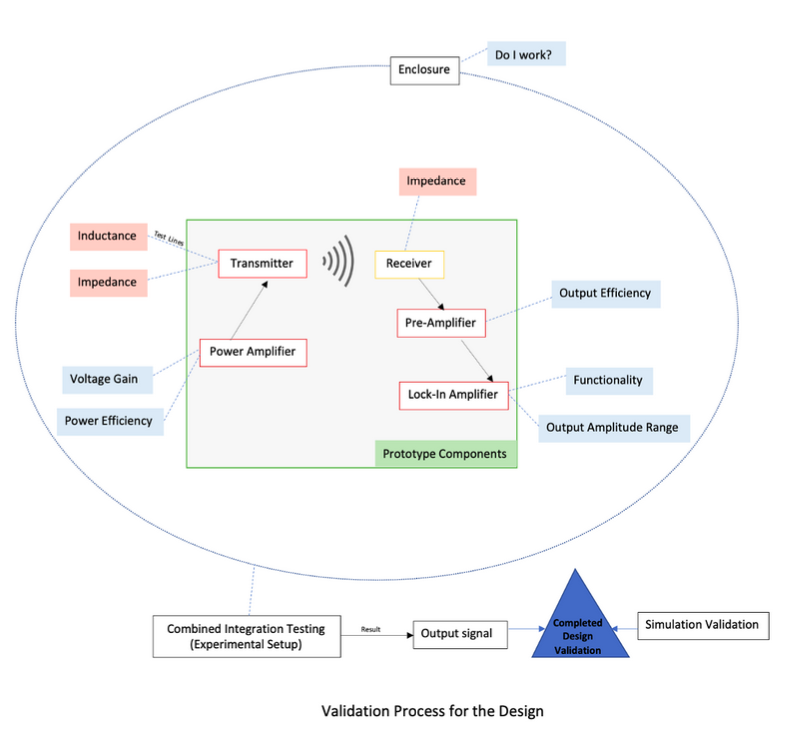
FEASIBILITY OF OUR DESIGN SOLUTION
Our idea needed to be of high potential as well as a feasible solution for our sponsor and the oil and gas industry in general.
To start, each component has been made to produce high quality results while still being relatively inexpensive in comparison to some of the other current methods. This not only ensures a cost effective solution, but also an easily reproducible product.
While small in size, the tool can be easily scaled up to be used in a real world scenario and this is supported with resulting data from simulations conducted.
The team has also kept a well detailed log of the design process that will be transformed into a technical document for the sponsor to continue this project for further research and development.
Partners and mentors
We want to thank the many people who helped us with this project. Our academic advisor, professor of Geoscience, Dr. Christopher Clarkson and Dr. Amin Ghanizadeh guided us through the process with patience and great advice. And, our consultation with Tartan Energy Group’s Roger Lu, Michael Jiang, Muxuan Jing, Frank Liang was invaluable. We would also like to thank Dr. Kartikeya Murari, Dr. Mike Potter, Dr. Rushi Vyas, Dr. Ignacio Galiano, Anton Vykhodtsev and Dr. Hamidreza Zareipour. As well as the Makerspace staff Kelvin Barba, Mateo Alzate and Peter Boonstra.
Our photo gallery
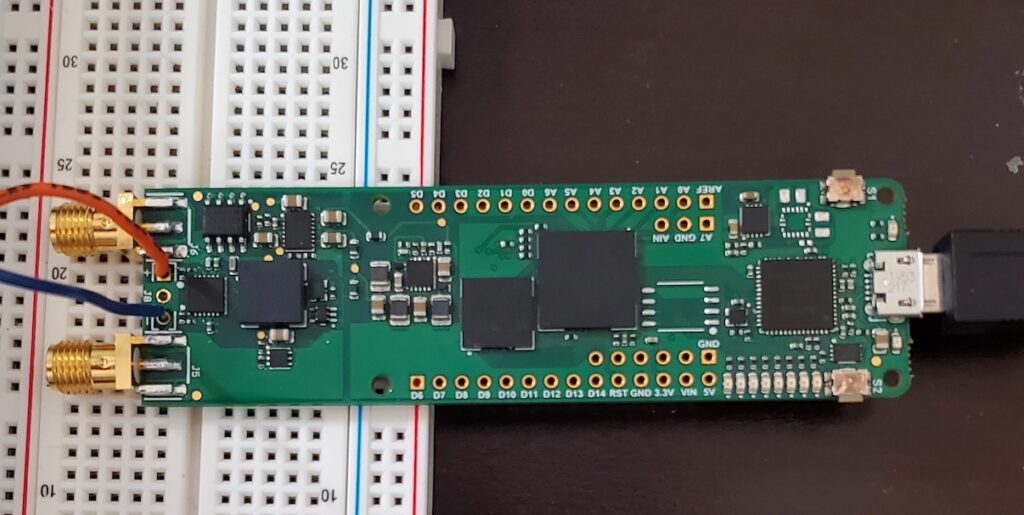
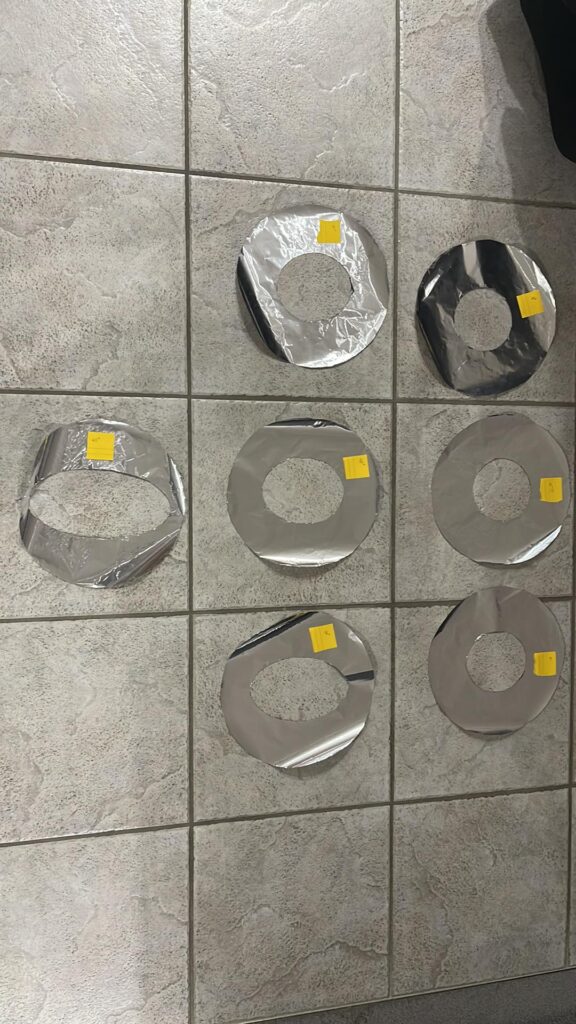
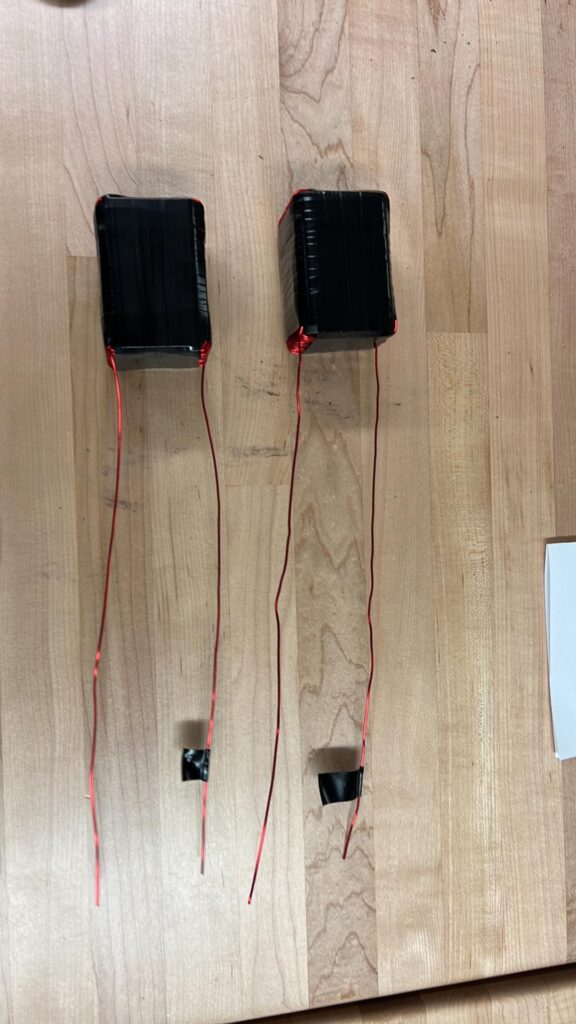
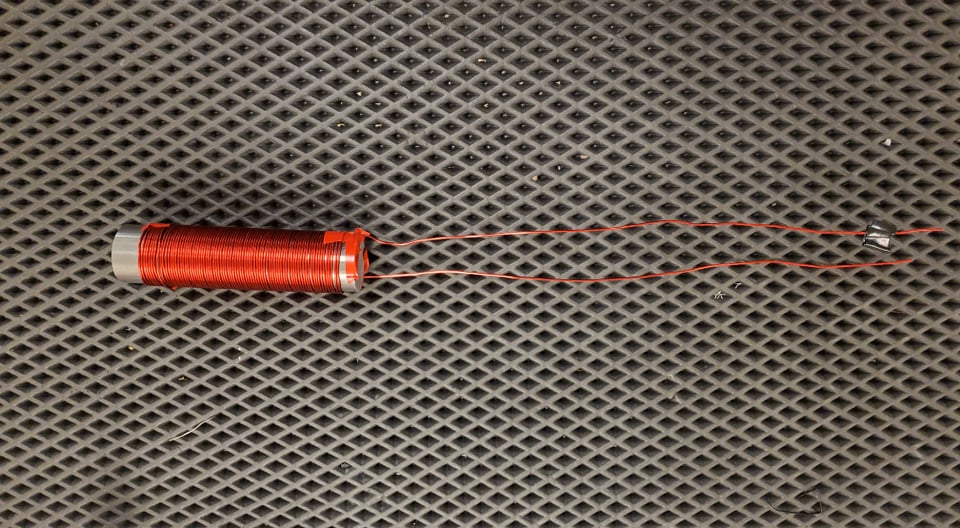
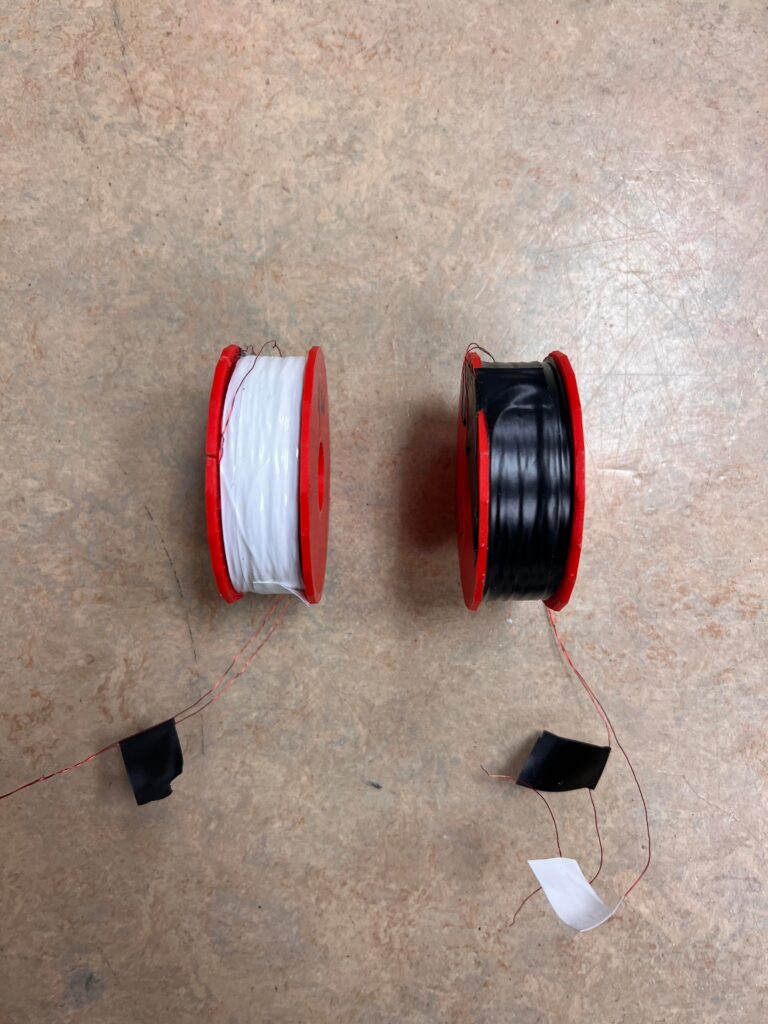
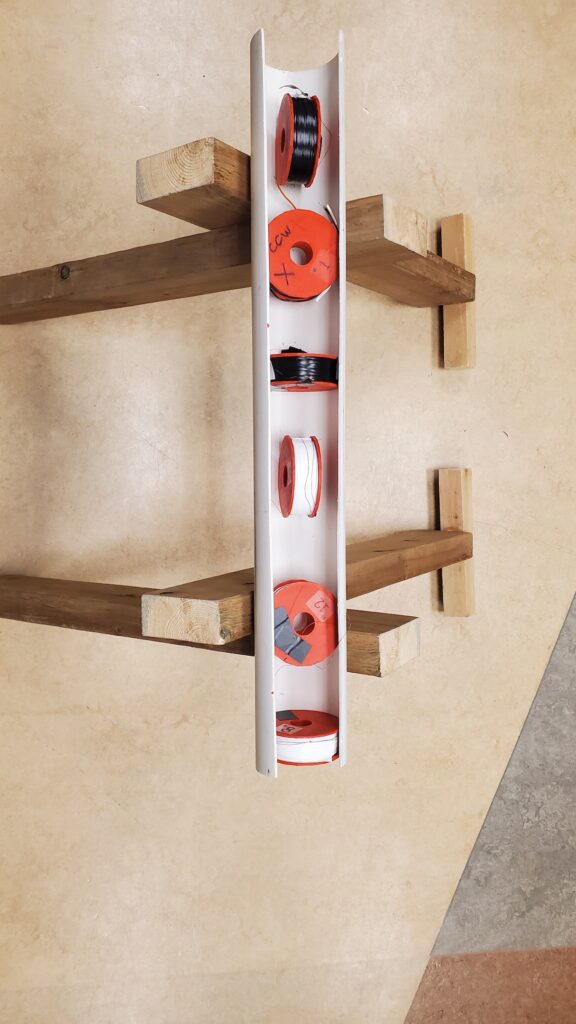
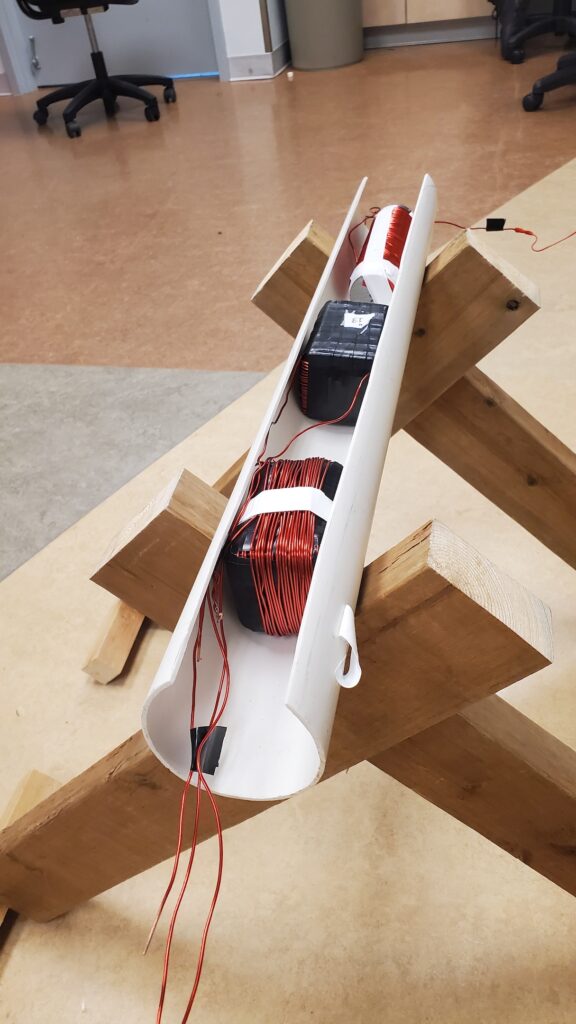
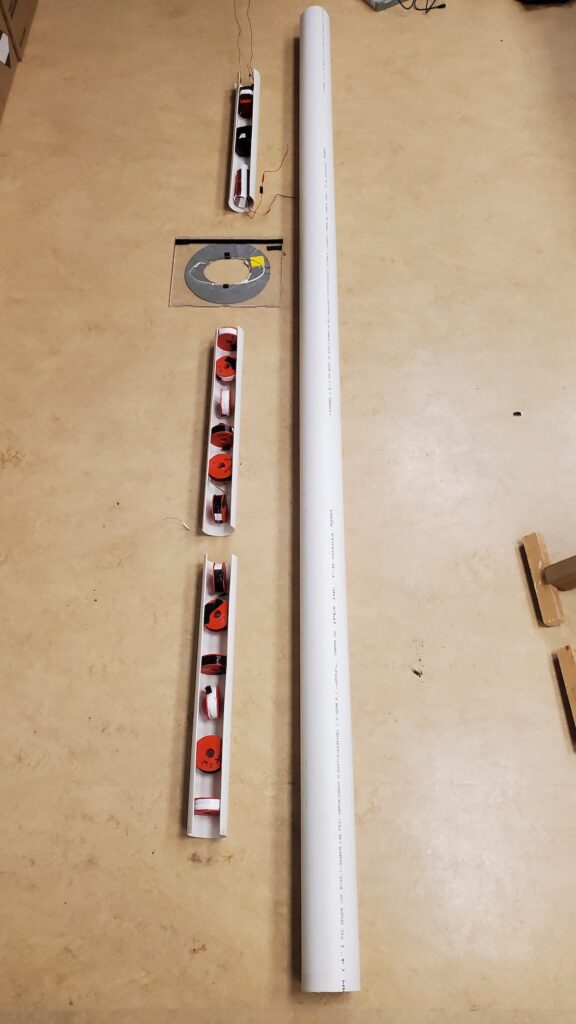
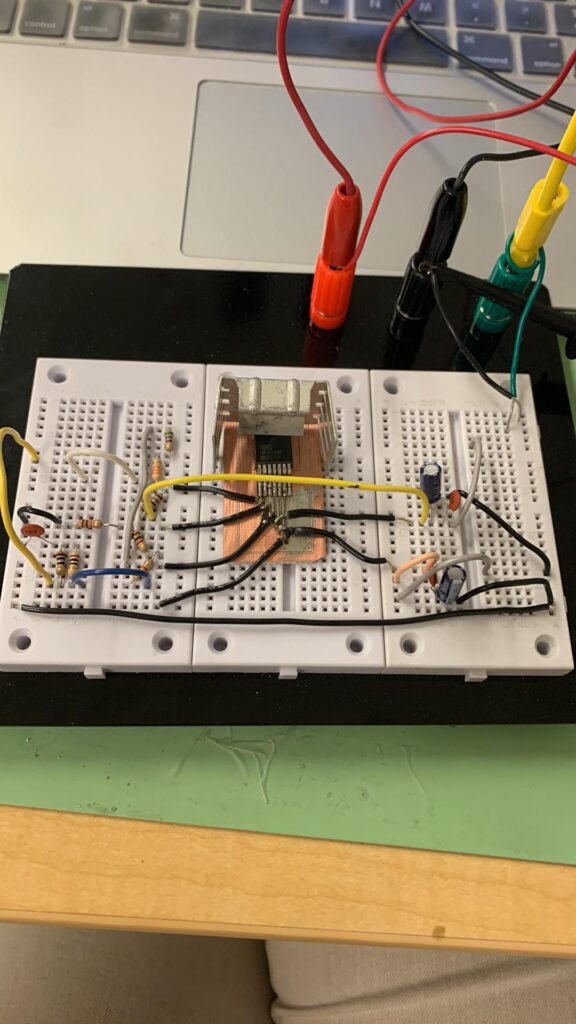
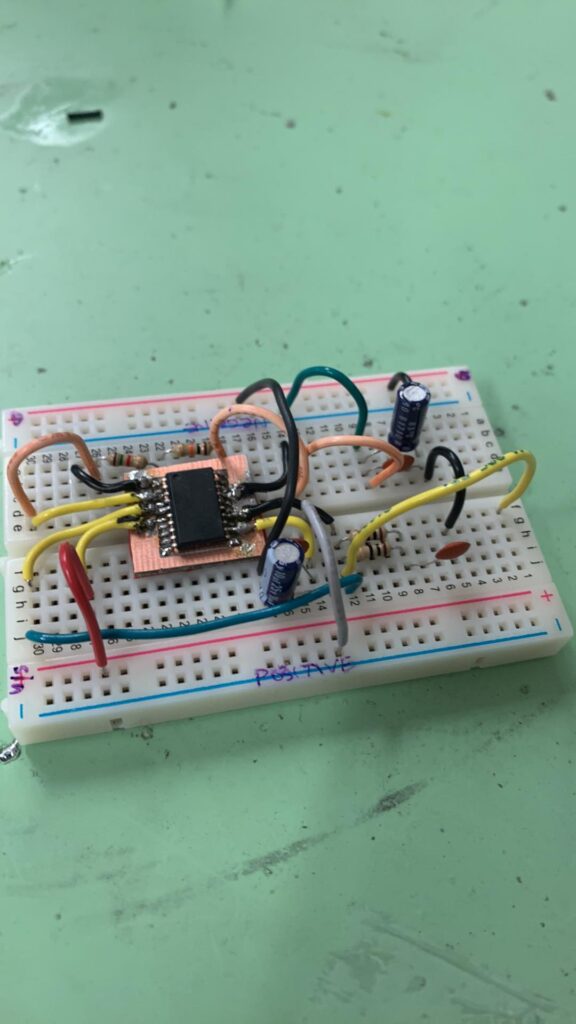
References
| 1. M. Sharma, J. Shiriyev, P. Zhang, D. Glowka, J. Gabelmann and R. Houston, “A Tri-Axial Electromagnetic Induction Tool forHydraulic Fracture Diagnostics,” The University of Texas at Austin, Austin, 2018. 2. S. Basu, “Fracture Diagnostics using Low Frequency Electromagnetic Induction,” University of Texas at Austin, Austin, 2014. 3. Oilman Magazine, “10 Best Performing Tips for Successful Hydraulic Fracturing,” Oilman Magazine, 27 December 2018. [Online]. Available: https://oilmanmagazine.com/10-best-performing-tips-for-successful-hydraulic-fracturing/. [Accessed 9 November 2021]. |
